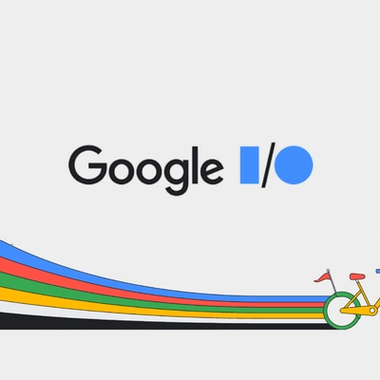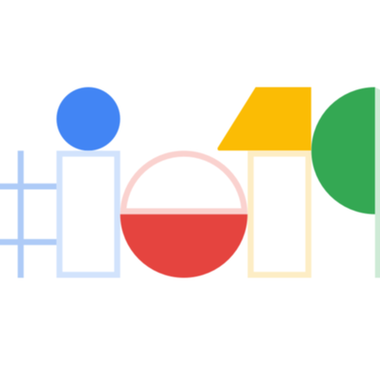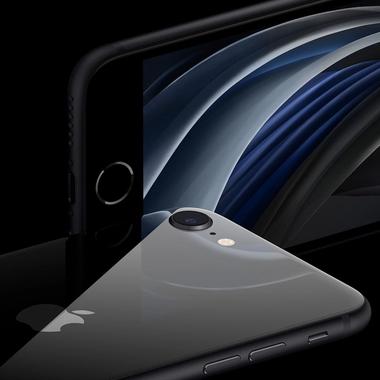At The Distance, we’re always scanning the horizon for innovations that can help us build smarter, stronger apps for established organisations. And Google’s Made by Google 2025 event on August 20 didn’t just deliver, it charted a course for where AI and hardware are headed next.
Hosted by Jimmy Fallon with celebrity appearances from Stephen Curry to the Jonas Brothers, the event had a fun, late-night energy. But beneath the showmanship was a serious message: Google is doubling down on creating tools that make digital experiences more intuitive, more efficient, and more capable than ever.
For us, that’s gold. As an app development agency, we’re less interested in the “shiny gadget factor” and more focused on how these updates can optimise workflows, boost customer loyalty, and fuel long-term business growth.
Let’s break it down.






